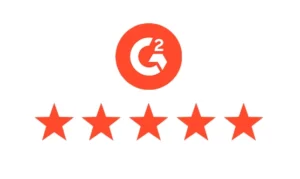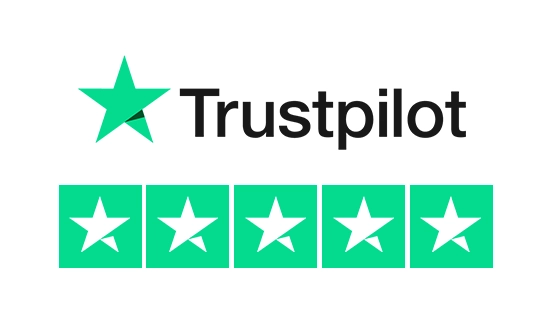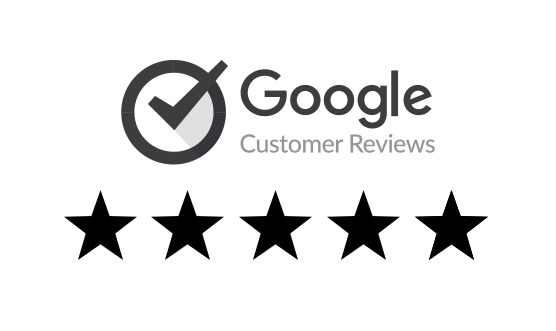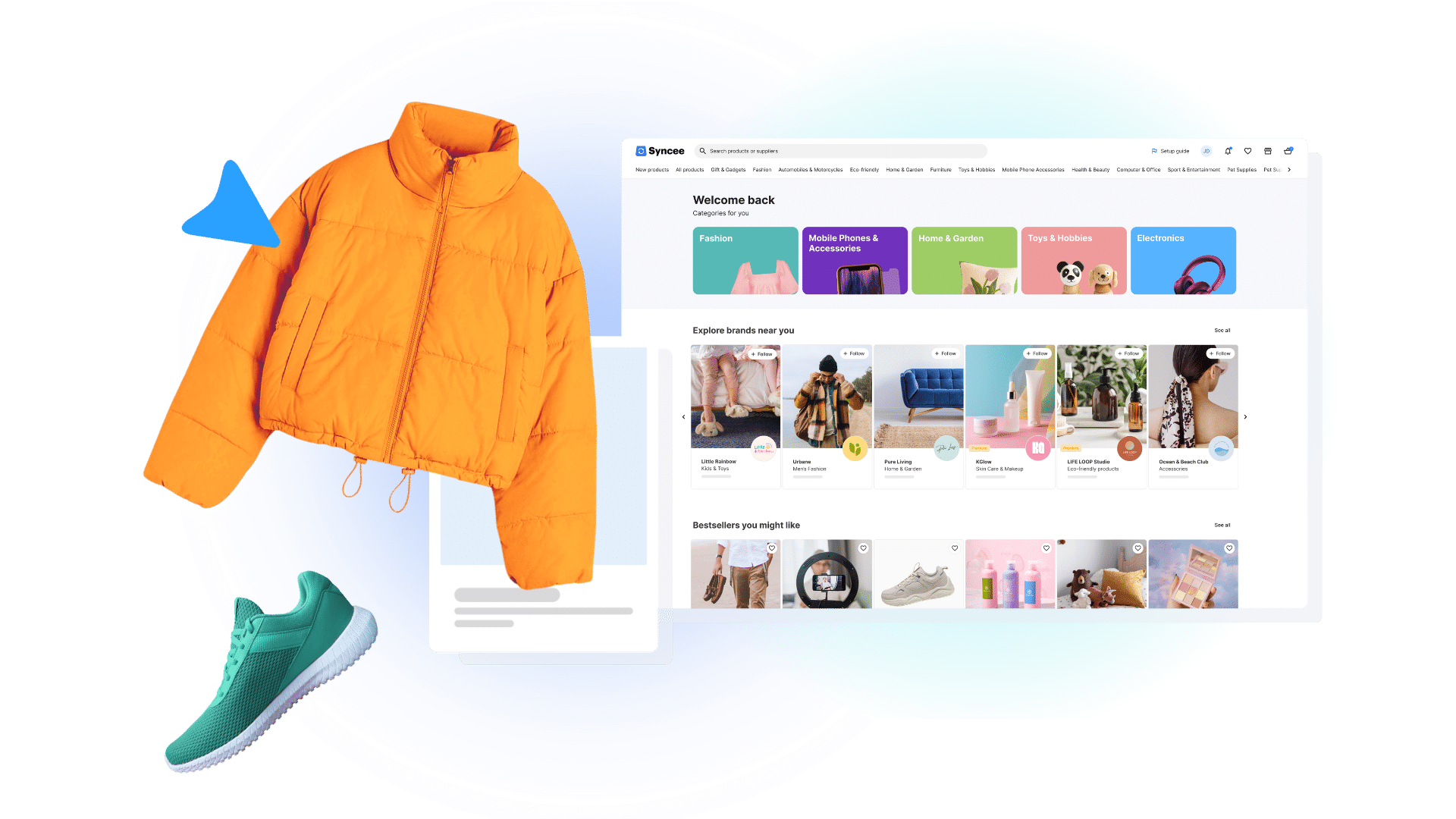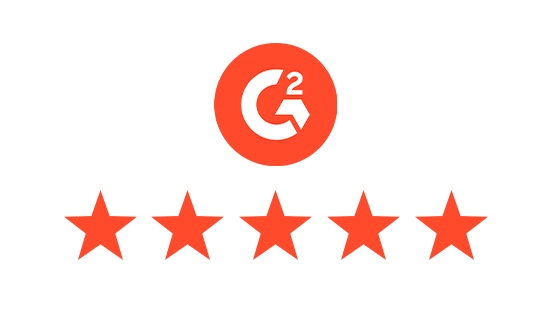The answer is easy: use both! If you are a Shopify merchant, you must have come across both page types: search pages and collection pages. But how do they differ? Moreover, when should you use one over the other?
Search and collection pages on Shopify serve different functions and use cases. In this article, we will explore the benefits and drawbacks of each to help merchants determine when to use them effectively.
What is a Search Page in Shopify?
A search page is dynamically generated by the search engine when a customer searches for a keyword in a Shopify store through the search bar. Typically located in the store’s header, the search bar is accessible across all pages, allowing users to find products quickly.
Once a search query is submitted, the site’s search engine processes the request in milliseconds and returns relevant search results based on its configuration.

The search page then displays all products relevant to the queried search term. The page also includes pre-defined filters to further narrow down the results if needed. Depending on the store setup and the capabilities of the search engine provider, the page can also showcase merchandising banners, blog posts, or recommended products.
Key Features of Search Pages:
- Dynamically generated based on user queries by a search engine
- Displays relevant products and filters, which can be
- Uses a built-in or third party search engine
- URL format: yourstore.com/search?q=keyword
Third party search apps
With the introduction of Shopify “Online Store 2.0” themes, the installation and management of third-party applications from the Shopify App Store has become effortless. Apps embeds can be handled like default Shopify elements and turned on or off with one click in the theme editor. No need for development involvement or custom integrations anymore.
There are plenty of specialized search apps available in the Shopify App Store that helps merchants optimizing the search bar, search results page tiles, and filters improving the user experience. Some applications also manage the tiles and filters on collection pages, further enhancing the overall shopping journey.
Optimizing Shopify Search with Prefixbox AI Search & Filter
One powerful Shopify search app is Prefixbox AI Search & Filter. With Prefixbox, merchants can customize the search bar, the search page and collection pages directly within Shopify’s theme editor.
Filters—available on both the search and collection pages—can also include a mini search bar, enabling shoppers to search within filter values.
Additionally, the system dynamically displays only relevant filters based on the search query, eliminating the need for time-consuming manual setup. Merchandizing rules, fully customizable layouts and adjustable relevance settings make the solution highly flexible and effective

For more details on additional features, visit Prefixbox’s dedicated page.
You can find the full list of available search & filter apps in this Shopify App Store category.
What is a Collection Page in Shopify?
A website collection page is a curated page that groups similar products together, making it easier for customers to browse and find items that match their needs. Collections are typically used to organize products by category, brand, season, or any other logical grouping that enhances the shopping experience. A well-structured Shopify collection page improves store navigation and customer engagement. Looking for ways on how to create a collection page on Shopify?
Shopify provides two ways to create collection pages.
- Manual collections, for which store owners manually select and add specific products to the collection. This method is useful for featuring handpicked products, limited-time offers, or seasonal collections
- Automated collections, where products are dynamically included based on predefined rules such as product tags or vendors. Automated collections save time by ensuring new products that match the criteria are automatically added, keeping the store updated with less manual intervention.
Key Features of Collection Pages:
- Manually or automatically curated product groups
- SEO-friendly static URLs with the format: yourstore.com/collections/collection-name
- Customization options with banners and detailed descriptions
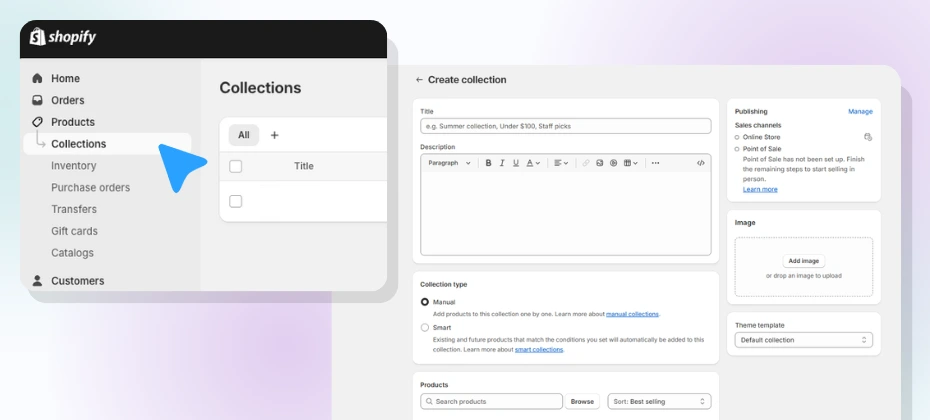
Advantages of Search Pages
While collection pages provide structured navigation for curated product groups, search pages dynamically generate relevant results based on user queries. Here are the main advantages of search pages over collections:
- No manual setup required – Unlike collection pages, Shopify search pages are automatically generated, eliminating the need for ongoing maintenance.
- AI-powered product suggestions– Advanced search engines like Prefixbox AI Search & Filter offer intelligent product suggestions, navigation enhancements, and dynamic filtering, providing a seamless shopping experience, eliminating the need for deep manual navigation setup
- Ideal for large product catalogs – If your store has thousands of products, search functionality ensures that customers can quickly find specific items without navigating through multiple collection pages.
When to Use Each
In our experience, many Shopify stores overuse collection pages, instead of letting their search engine handle product discovery efficiently. Merchants tend to spend long hours of manually creating collections to cover every possible product grouping, making unnecessary small subcategories for instance.
While collections play a crucial role in store navigation, relying too heavily on them can be inefficient. Instead, a balanced approach that leverages both collection pages and search functionality ensure a more streamlined and effective shopping experience.

Use Cases for Collection Pages
- To create structured product categories for browsing – Use collections for broad product categories that help customers explore related items. Each main collection should include at least 50 products to avoid unnecessary segmentation. Look for collection page examples online.
- For visually appealing, standalone landing pages – If you want to showcase specific brands, promotions, or seasonal sales, collection pages offer flexibility for custom banners, sections, and detailed descriptions that enhance the shopping experience.
- For SEO optimization – collection pages with static URLs and keyword-rich descriptions can improve organic search rankings for relevant product categories.
Disadvantages of overusing Collection Pages:
- Requires manual setup – you need to create and manage collections, which can be time-consuming.
- Not ideal for specific product searches – shoppers looking for a particular item may find browsing through collections inefficient compared to using a search page.
Use Cases for Search Pages
Modern AI-powered search engines offer product and keyword suggestions along with recommendations making the search experience dynamic, often making the product discovery better and more effective than with manually curated collections.
Search functionality in Shopify can automatically:
- Provide instant keyword and product suggestions – AI-driven search tools like Prefixbox AI Search & Filter display predictive search results and product suggestions in real-time, after each keystroke
- Generate dynamic product groupings – Instead of manually curating collections, an advanced search engine can display relevant results tailored to each customer’s query.
- Offer smart filtering option
- Reduce catalog clutter – Unlike static collections, search pages dynamically adapt to inventory changes, preventing outdated or unnecessary product groupings.
For the best results, combine a well-structured product collection page strategy with an AI-powered search solution to maximize customer satisfaction and streamline product discovery.
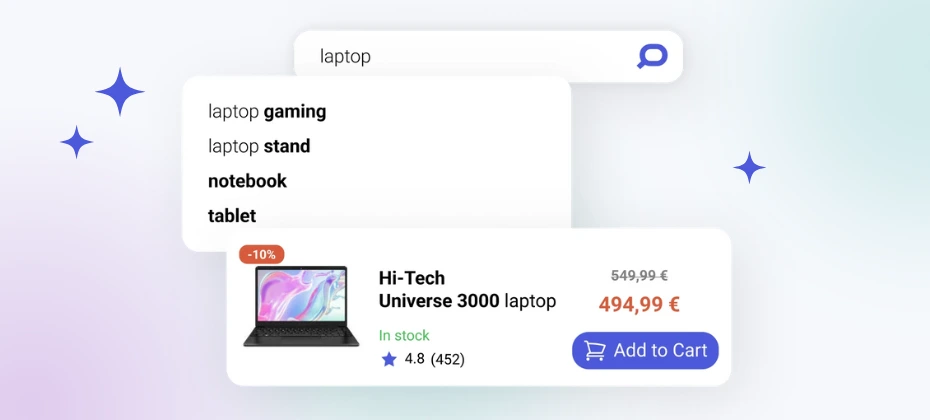
Which One is Best for Your Shopify Store?
Both search pages and collection pages play important roles in the consumer journey of Shopify stores, but they serve slightly different purposes with their own use cases. Understanding when and how to use them effectively can optimize your store’ conversions, streamline navigation and enhance the overall shopping experience while minimizing manual effort.
Collection pages are ideal for driving organic traffic and providing a structured browsing experience. They work best for main product categories, brand showcases, promotions, and seasonal collections where customers might want to explore a curated selection of items.
Search pages, on the other hand, help users find specific products instantly. With modern AI-powered search engines, customers receive personalized suggestions, keyword recommendations, and dynamic filtering options, making it easier to discover relevant products without relying on manually created collections.
All in all, use collection pages strategically – focus on main categories, special offers, and brand-specific promotions to create engaging, SEO-friendly landing pages. Avoid unnecessary segmentation to keep navigation simple and effective.
Leverage search functionality confidently – let a modern Shopify search engine do the heavy lifting by offering smart filters, autocomplete suggestions, and AI-driven recommendations, ensuring customers quickly find what they’re looking for.
By integrating well-structured collection pages with an AI-driven search, you’ll create a seamless and conversion-optimized Shopify store that keeps customers engaged and maximizes your sales potential.
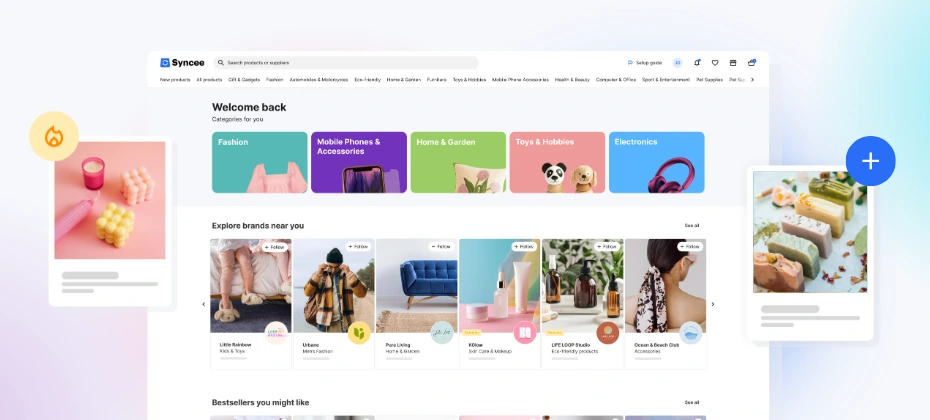
Are You Looking for Products to Sell in Your Store?
Discover Syncee, a collective dropshipping and wholesale marketplace, and find local suppliers to connect with. Suppliers on Syncee offer high-demand and quality products in a wide range of categories. Complement your online store with new products. Test new items with dropshipping or switch to wholesale if you find products that sell well. With Syncee, you can add products to your store easily, keep them up-to-date, and sync your orders to suppliers. Find products to sell in categories like Fashion, Eco-friendly, Health & Beauty, Furniture, Home & Garden, Sports, Electronics, Toys, Pet Supplies, Mother & Kids, or more, and let customers find more products in your catalog.
AUTHOR

Soma Tóth – Digital Marketing and Growth Manager at Prefixbox
Soma oversees wide aspects of Prefixbox’s online presence – let it be Shopify content, social media or paid ads. He is a passionate online marketer based in Budapest, Hungary, with a keen interest in cutting-edge technologies and innovative solutions.



